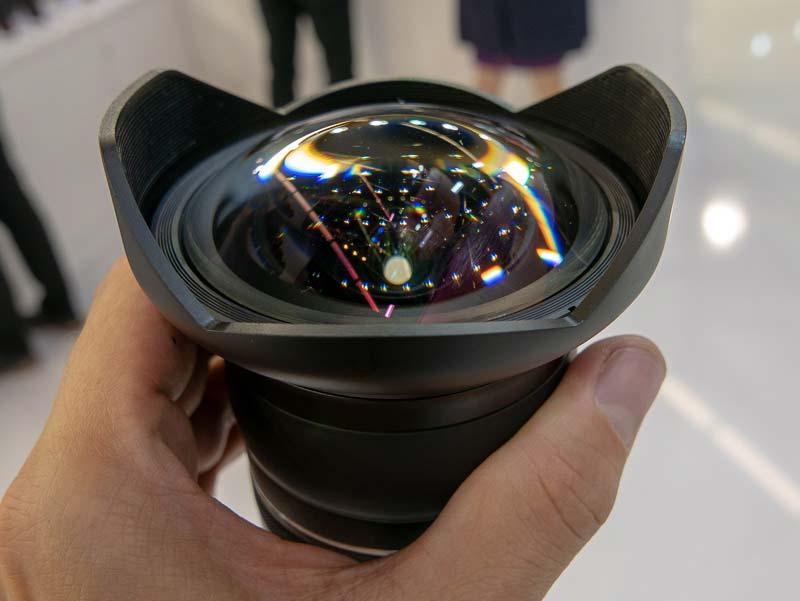

In addition to these lenses (and the variable aperture ‘kit’ and travel zooms you might expect), Canon has also introduced two interesting and comparatively affordable F11 telephoto prime lenses covering 600mm and 800mm. If the RF mount gains anything like the popularity that the EF mount did, it’s extremely likely that other companies will find a way to offer autofocus lenses, but widespread third-party support for RF may be some years away.
#FULL FRAME LENS PROFESSIONAL#
Canon RF-mountĬanon’s RF lens lineup thus far has shown a distinct focus on the needs of professional users, with many of its first lenses belonging to the premium ‘L’ range.Ĭanon hasn’t opened up its lens mount to other makers, so there’s limited third-party support available at the moment.

However, while it’s true that Sony’s adoption of technologies such as linear motors and piezoelectric drive provides its more recent lenses with impressively fast, smooth focusing, be aware that some of the company’s earlier lenses don’t always show this same performance. Sony says that the years it’s spent making large lenses for mirrorless camera has allowed it to develop expertise in the types of motors best suited for full-frame mirrorless lenses (the need to drive lenses smoothly for video, as well as quickly means the requirements aren’t the same as for DSLRs).

Starting earlier has given Sony time to provide a wider range of lenses, including less obvious options such as the 135mm F1.8 GM In addition to covering most of these bases, Sony has had time to add specialist lenses, such as 600mm F4, 400mm F2.8, 100-400mm and 200-600mm telephoto options, equivalents to which aren’t currently available for other systems. In the case of Sigma, these include existing DSLR optical designs as well as new, dedicated optical formulations for mirrorless, denoted ‘DG DN’. This has allowed companies such as Sigma, Tamron and Zeiss to expand the range of available lenses for Sony photographers. Sony has also taken the unusual move of allowing third-party lens makers access to its lens mount specifications and communication protocol. Sony introduced its full-frame ‘FE’ range alongside the original a7, back in late 2013, and already had several years experience of making APS-C E-mount lenses by that point. When it comes to full-frame lenses for mirrorless, Sony has the biggest head start. Lower-end, variable aperture zooms such as kit lenses are omitted. Note: The lens charts in this article were updated and now reflect the high-end, autofocus lens options for each system as of June 2021 with a focal length range of 14-200mm. This article isn’t a question of ‘which range is biggest,’ it’s to help show which lineups have the lenses you might need for your photography.Īs well as the lenses currently available, we’ll consider the degree of support provided by third-party lens makers and briefly discuss some of the technologies involved.
#FULL FRAME LENS FULL#
After all, In our look at ~$2000 full frame mirrorless cameras, we said that choosing between them is as much about buying into a lens system as anything else. In this article, we’re going to have a look at Canon, Nikon, Sony and Panasonic/Leica/Sigma full-frame mirrorless systems to see what they offer and where they might yet go.


 0 kommentar(er)
0 kommentar(er)
